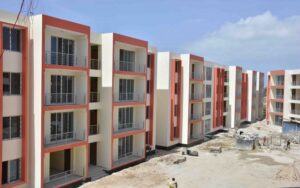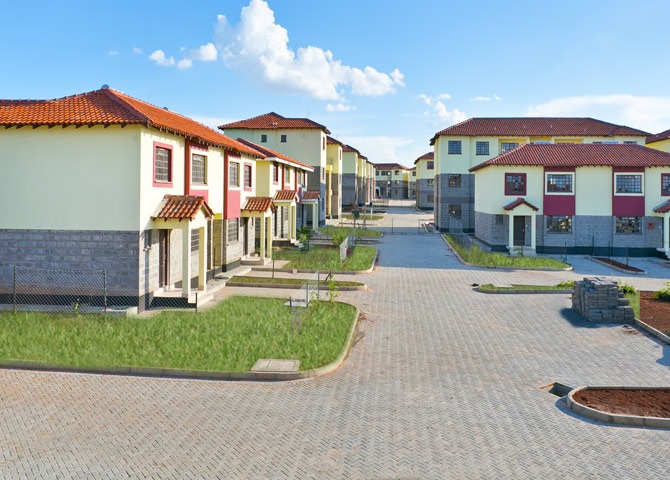Impact investing is transforming the landscape of real estate, offering investors the opportunity to generate financial returns while making a positive social impact. This innovative approach is not just about profit; it’s about creating value for communities, fostering sustainable development, and addressing pressing social challenges. In this article, we delve into the principles of impact investing in real estate and how it is reshaping the industry.
Understanding Impact Investing

Impact investing refers to investments made with the intention of generating positive, measurable social and environmental impacts alongside financial returns. In real estate, this means developing and managing properties that contribute to societal goals such as affordable housing, sustainable living, and community development. This dual-focus approach aligns investor objectives with broader societal needs, creating a win-win scenario.
Affordable Housing: Meeting a Critical Need

One of the most significant areas of impact investing in real estate is affordable housing. The shortage of affordable homes is a global issue, leading to increased homelessness and housing insecurity. Impact investors are stepping in to fill this gap by financing projects that provide quality, affordable housing options. These investments often involve partnerships with non-profit organizations and government agencies to ensure that housing remains accessible to low-income families. By addressing this critical need, investors not only achieve a stable return on investment but also contribute to the well-being and stability of communities.
Sustainable Development: Building for the Future

Sustainability is at the heart of many impact investing strategies in real estate. Investors are increasingly funding developments that incorporate green building practices, renewable energy sources, and sustainable materials. These projects aim to minimize environmental footprints and promote healthier living environments. Examples include energy-efficient buildings, solar-powered complexes, and properties with extensive green spaces. By prioritizing sustainability, impact investors help combat climate change and promote environmental stewardship, all while reaping long-term financial benefits from reduced operational costs and increased property values.
Revitalizing Communities: Beyond Bricks and Mortar
Impact investing in real estate goes beyond constructing buildings; it involves revitalizing entire communities. This approach often includes developing mixed-use properties that combine residential, commercial, and recreational spaces. Such projects stimulate local economies, create jobs, and foster a sense of community. For instance, the transformation of derelict urban areas into vibrant, mixed-use neighborhoods can rejuvenate local economies and provide residents with improved living conditions. These investments generate financial returns through increased property values and rental incomes while also uplifting the social fabric of communities.
Health and Well-Being: Creating Healthier Spaces
Health and well-being are increasingly important considerations in impact investing. Real estate projects that focus on creating healthier living environments are gaining traction. This can include designing buildings with ample natural light, clean air systems, and access to green spaces. Additionally, incorporating community health facilities such as clinics, gyms, and recreational areas into real estate developments promotes overall well-being. These health-focused investments not only attract tenants and buyers but also reduce long-term healthcare costs for communities, creating a ripple effect of benefits.
Education and Workforce Development: Building Human Capital
Investing in properties that support education and workforce development is another impactful strategy. Real estate projects near educational institutions, training centers, and employment hubs can provide residents with greater access to learning and job opportunities. Some impact investors go a step further by including spaces for vocational training and adult education within their developments. By fostering human capital, these investments enhance the employability and economic prospects of residents, contributing to both individual and community prosperity.
Financial Performance: Balancing Profit and Purpose
Contrary to the misconception that impact investing sacrifices financial returns, many investors find that it can deliver competitive, and sometimes superior, financial performance. Properties developed with sustainable features often enjoy lower utility costs, higher tenant retention rates, and increased marketability. Affordable housing projects benefit from government incentives and lower vacancy rates due to high demand. Moreover, the positive social impact of these investments can enhance brand reputation and attract a growing segment of socially conscious investors and consumers.
Measuring Impact: Ensuring Accountability
A critical aspect of impact investing is the ability to measure and report on the social and environmental outcomes of investments. Investors use various metrics and frameworks, such as the Global Impact Investing Network’s (GIIN) IRIS+ system, to track and communicate the impact of their investments. This transparency not only holds investors accountable but also builds trust with stakeholders and ensures that the intended social benefits are realized.
Conclusion

Impact investing in real estate represents a powerful convergence of financial performance and social responsibility. By focusing on affordable housing, sustainable development, community revitalization, health and well-being, and education, impact investors can generate substantial returns while making a positive difference in society. As more investors recognize the value of aligning their financial goals with social impact, this approach is set to play an increasingly pivotal role in shaping the future of real estate. Through innovative strategies and a commitment to measurable outcomes, impact investing is transforming the real estate landscape and creating lasting value for both investors and communities.







